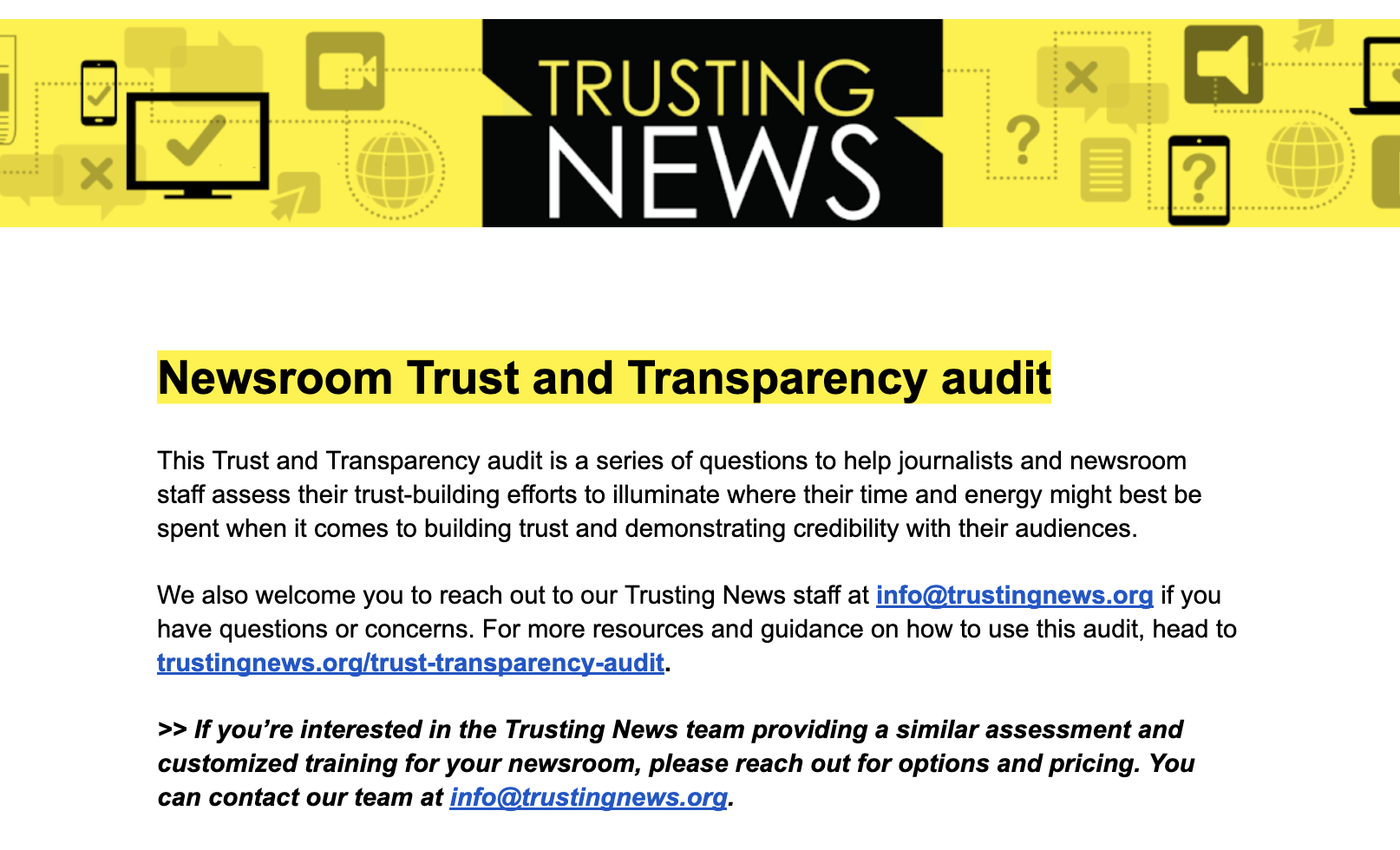
Businesses continued to grapple with steep inflation last month as oil and food costs reached record highs, leaving Federal Reserve policymakers in a difficult spot ahead of their meeting later this month.
A gauge of prices paid by American producers jumped 1.1 percent in March, the Labor Department said on Tuesday, after a 0.3 percent increase in February. Gasoline and home heating oil prices surged.
Economists had expected an increase of 0.6 percent in March.
While the higher prices put pressure on businesses to pass on costs to consumers, the increases did not spread to popular products like automobiles and clothing. The closely watched core measure of the Producer Price Index, which excludes volatile costs of food and energy, rose 0.2 percent in March, falling back from an unexpected 0.5 percent rise in February.
The core rate number could take some of the pressure off of the Fed as it attempts to balance rising inflation with the overall slowdown in growth. The central bank meets at the end of the month to consider another cut to its benchmark interest rate, which can help prop up growth but cause prices to rise.
But it will be difficult for the Fed to ignore the large cost increases in energy and food. Energy prices were up 2.9 percent in March, a steep increase from a 0.8 percent rise in February. Food costs rose 1.2 percent after declining 0.5 percent the month before.
Read More: The New York Times











